The exposure triangle is the relationship of the 3 elements that affect exposure.
The focus of this session is to establish the importance of the exposure triangle and to demonstrate my knowledge of aperture, shutter speed and ISO.
Shutter Speed
The duration of time the sensor is exposed to light. This affects the appearance of motion in the subject. A fast shutter speed will stop the appearance of motion of a fast moving subject. A slow shutter speed will blur the motion of a fast moving subject.
Aperture
The volume of light that reaches the sensor from the size of the lens opening. This controls the depth of field which is the portion of the image that is in focus. A small aperture has a deeper depth of field. A large aperture has a shallower depth of field.
ISO
The amount of amplification applied to the image sensor. This affects the appearance of digital noise in the image, which impacts image quality. A low ISO number will have less noise and reduces the sensitivity of the sensor to light. A high ISO number will have more noise and increases the sensitivity of the sensor to light.
Some Examples:
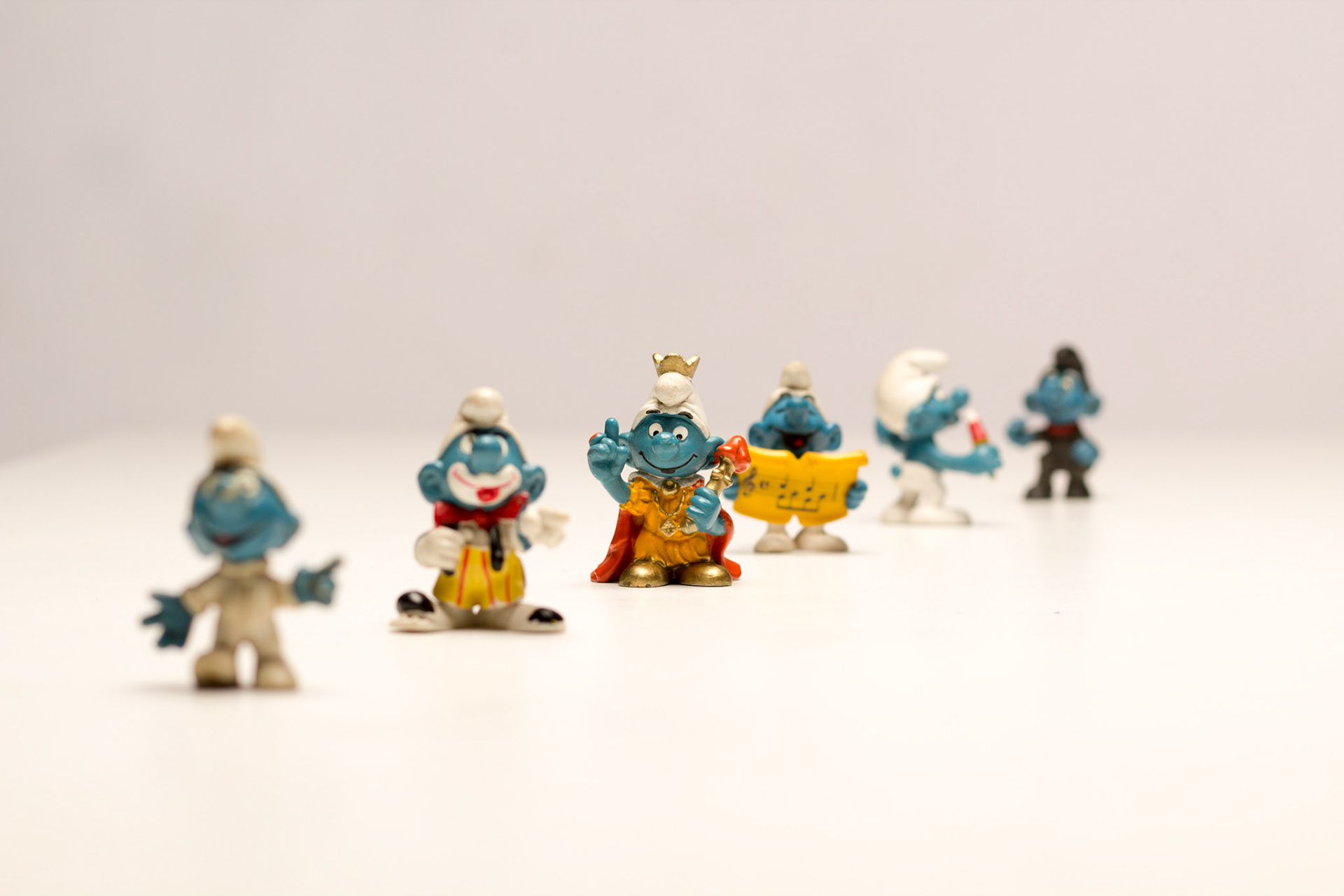

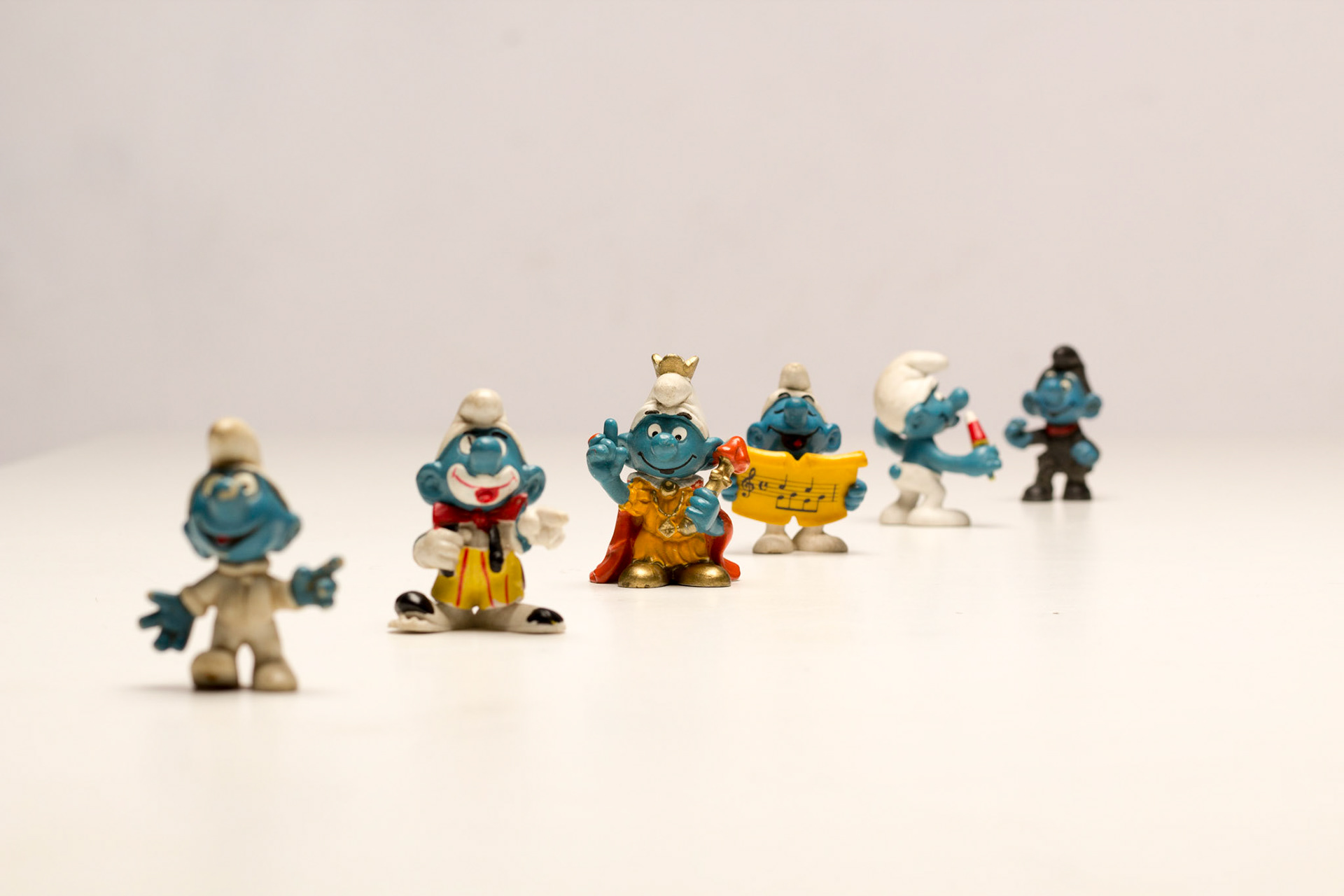



These images show how changing the aperture of the camera will affect the depth of field in each shot taken. All of the images were taken in a studio environment with a light above with a softbox attached and a secondary light facing a white background.
The first picture I took (with the shallowest depth of field) was at aperture f/4.5 with both lights set to just one stop. This was configured by using a light meter. The final shot taken (with the deepest depth of field) was taken with both lights turned all the way up to 6 stops at an aperture of f/22.
Clearly, when the aperture is all the way open (f/4.5) a very large amount of light is aloud through the lens to the sensor, meaning that the studio lights don't have to be turned up very high to produce a quality image. When the aperture is at its narrowest (f/22), only a small amount of light is able to reach the sensor through the lens. This means a much more powerful burst from the studio lights is needed to produce an image of the same quality.
In this studio environment the shutter speed is irrelevant because the pulse from the lights is nearly instantaneous so regardless of shutter speed - 1/60 to even 1 whole second - the flash pulse is over well before the shutter has closed again. The shutter speed only affects the ambient continuous light.
Camera Basics Practical
During this end part of the session we spent a small portion of time walking around the college with our cameras with the aim of capturing 1 accurate example of the following:
1. Portrait using shallow DOF.
ISO 160 -- 50mm -- f/1.8 -- 1/125 sec
2. Landscape/location in infinite focus.
ISO 3200 -- 50mm -- f/22 -- 1/60 sec
3. A long exposure.
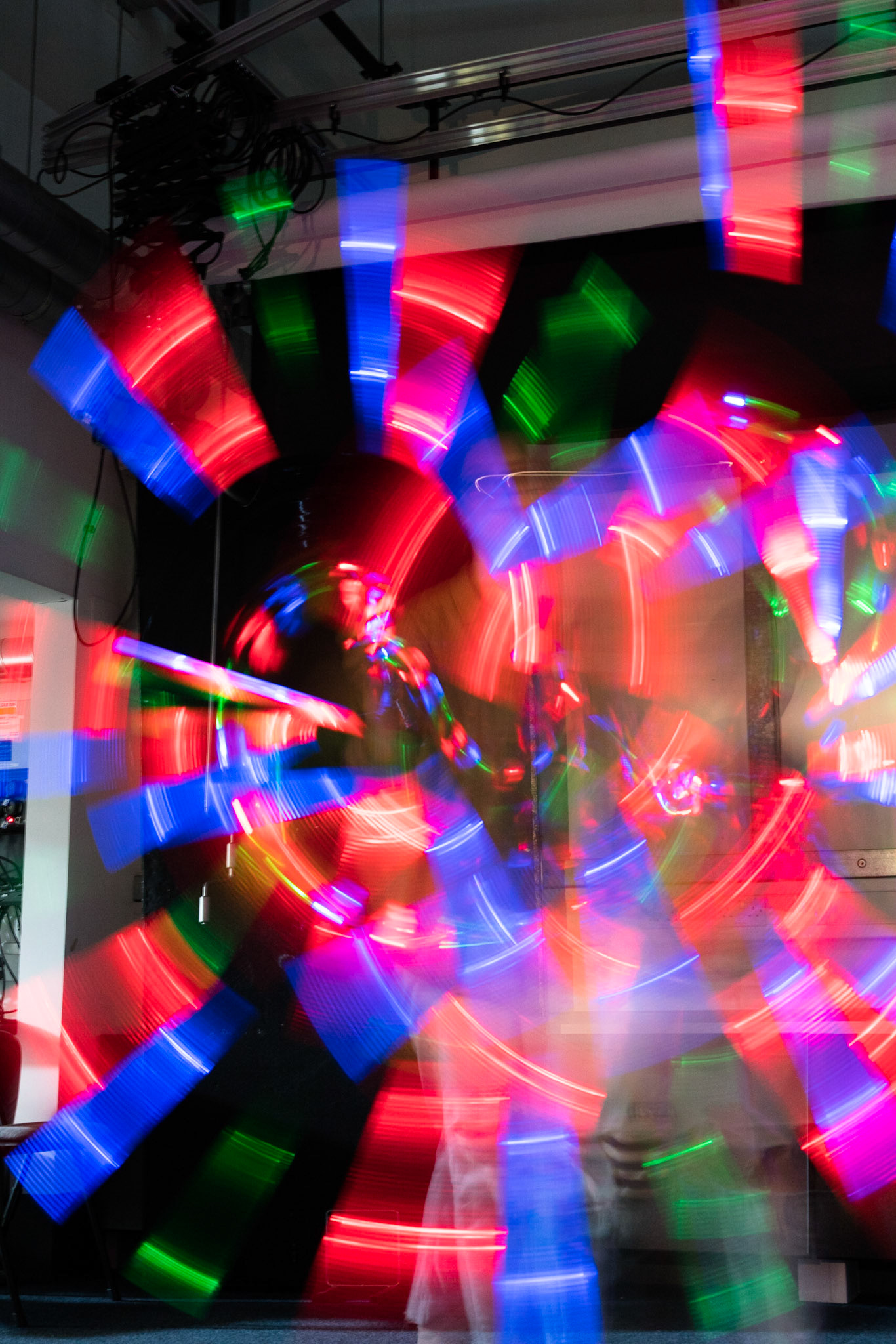
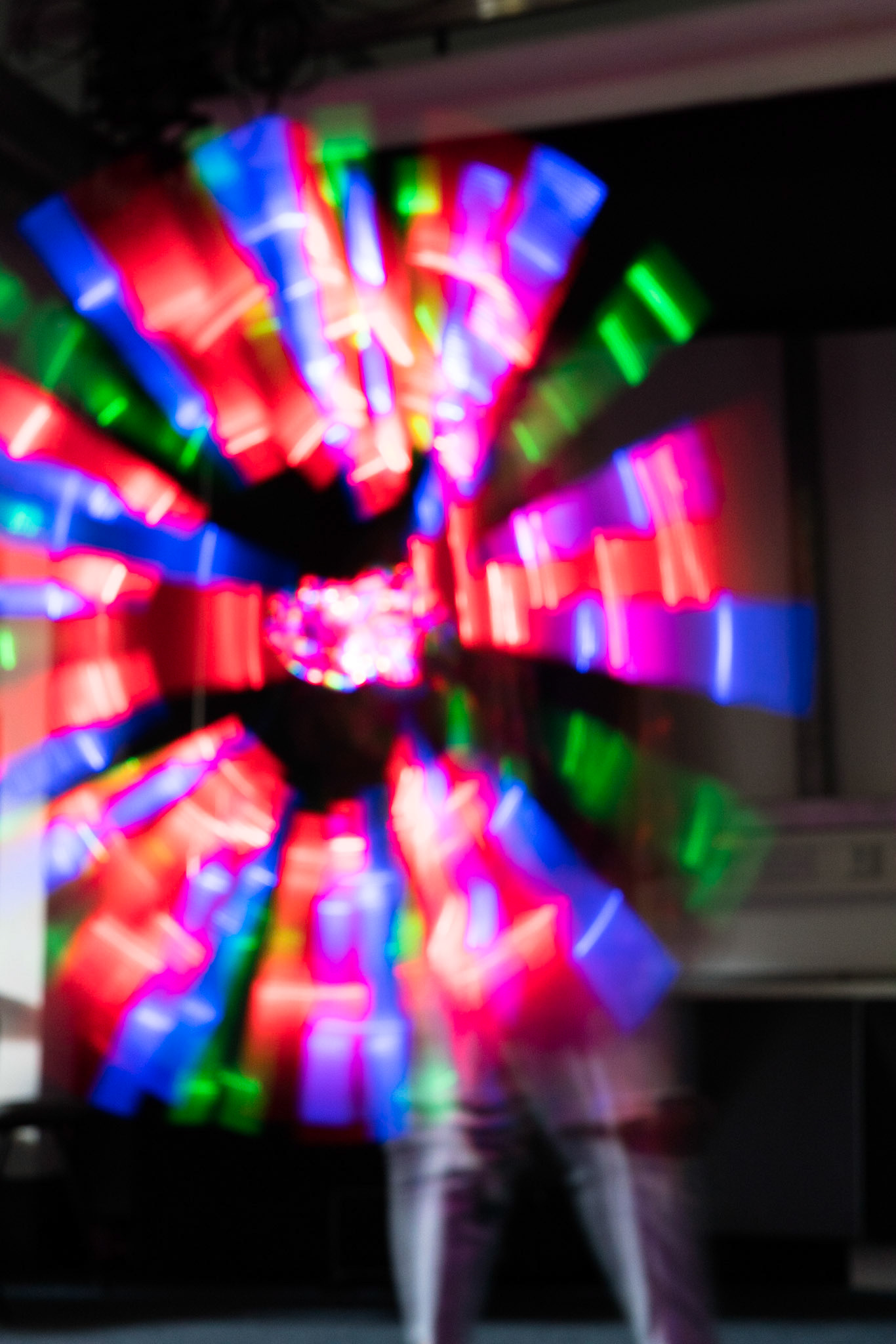
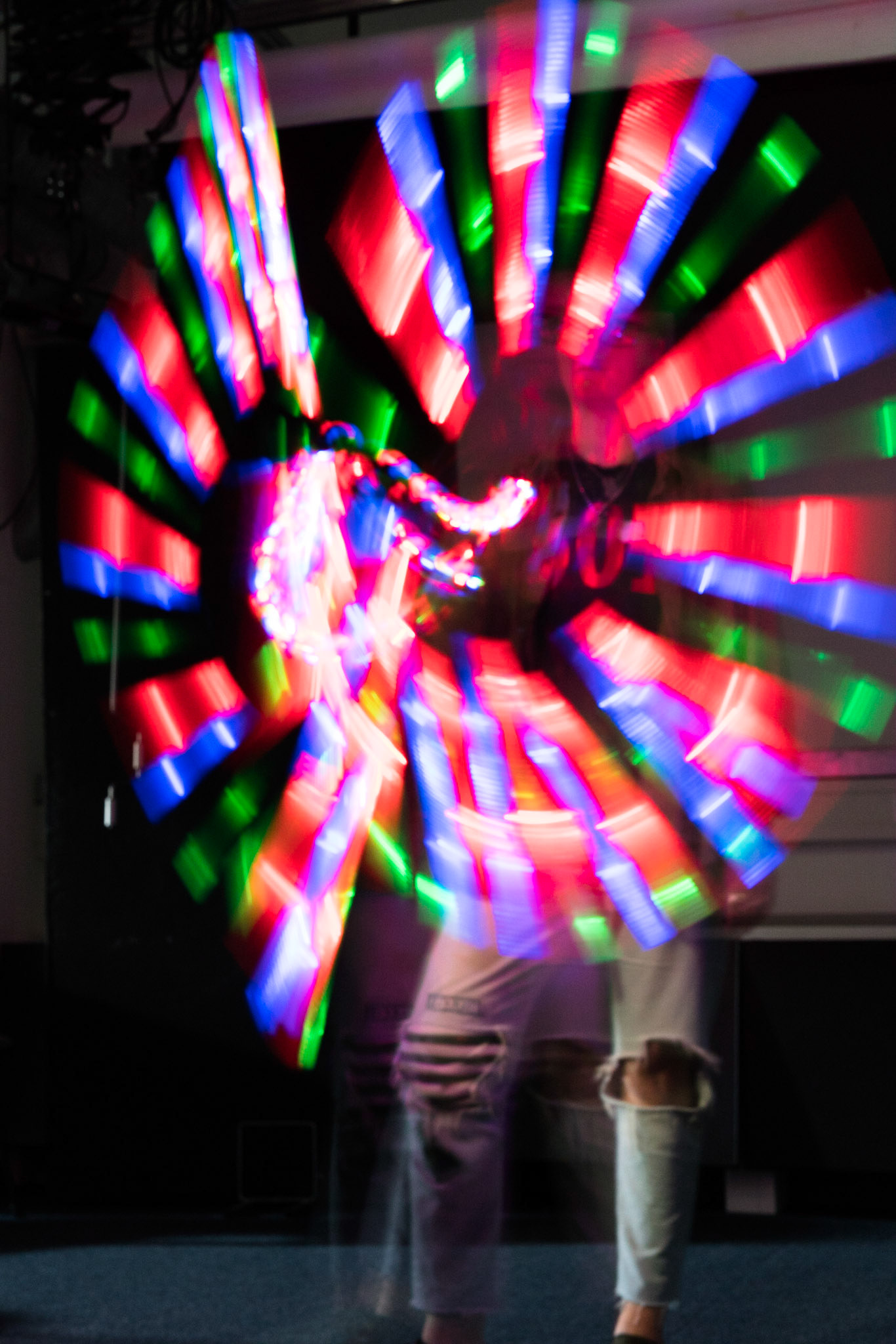
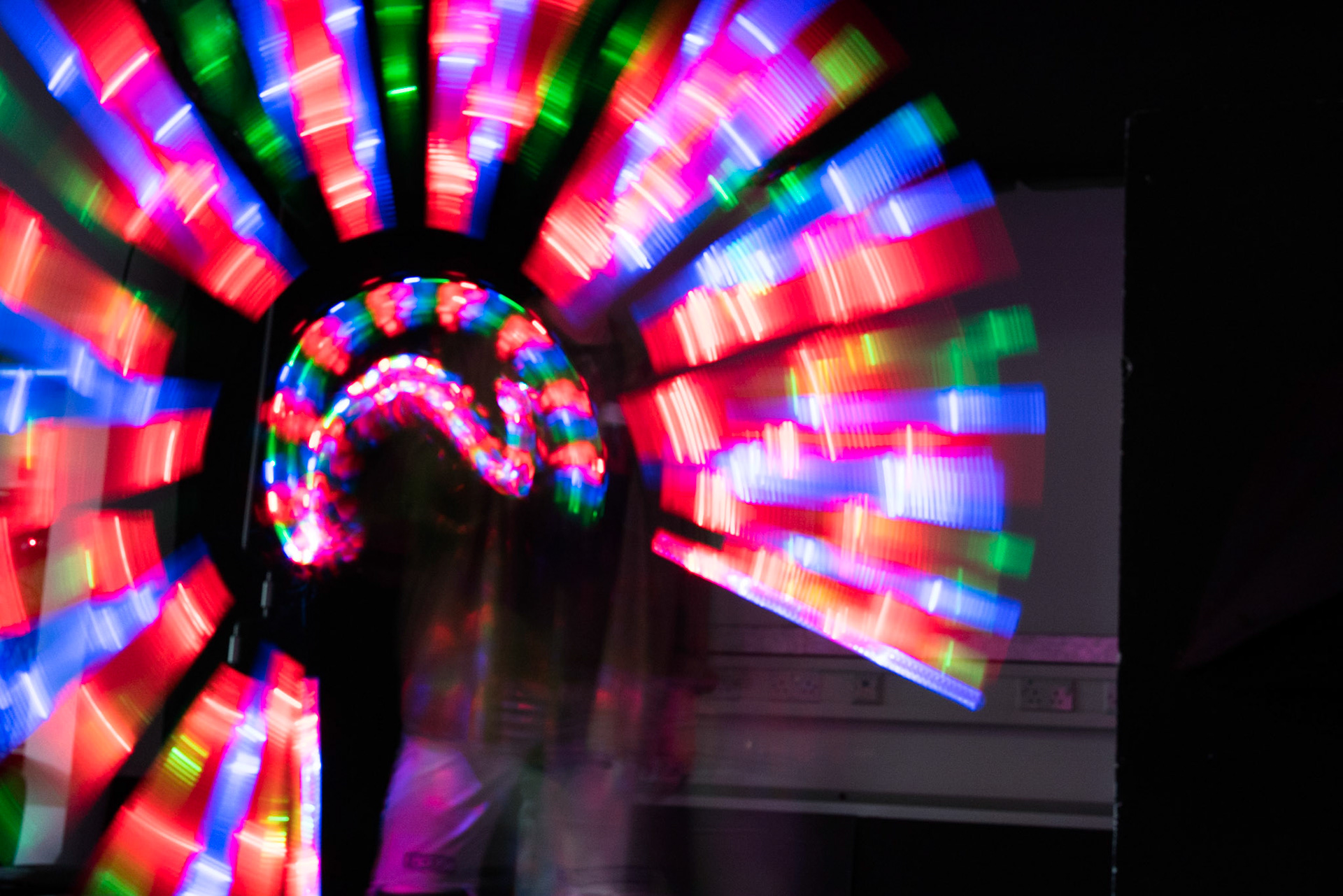
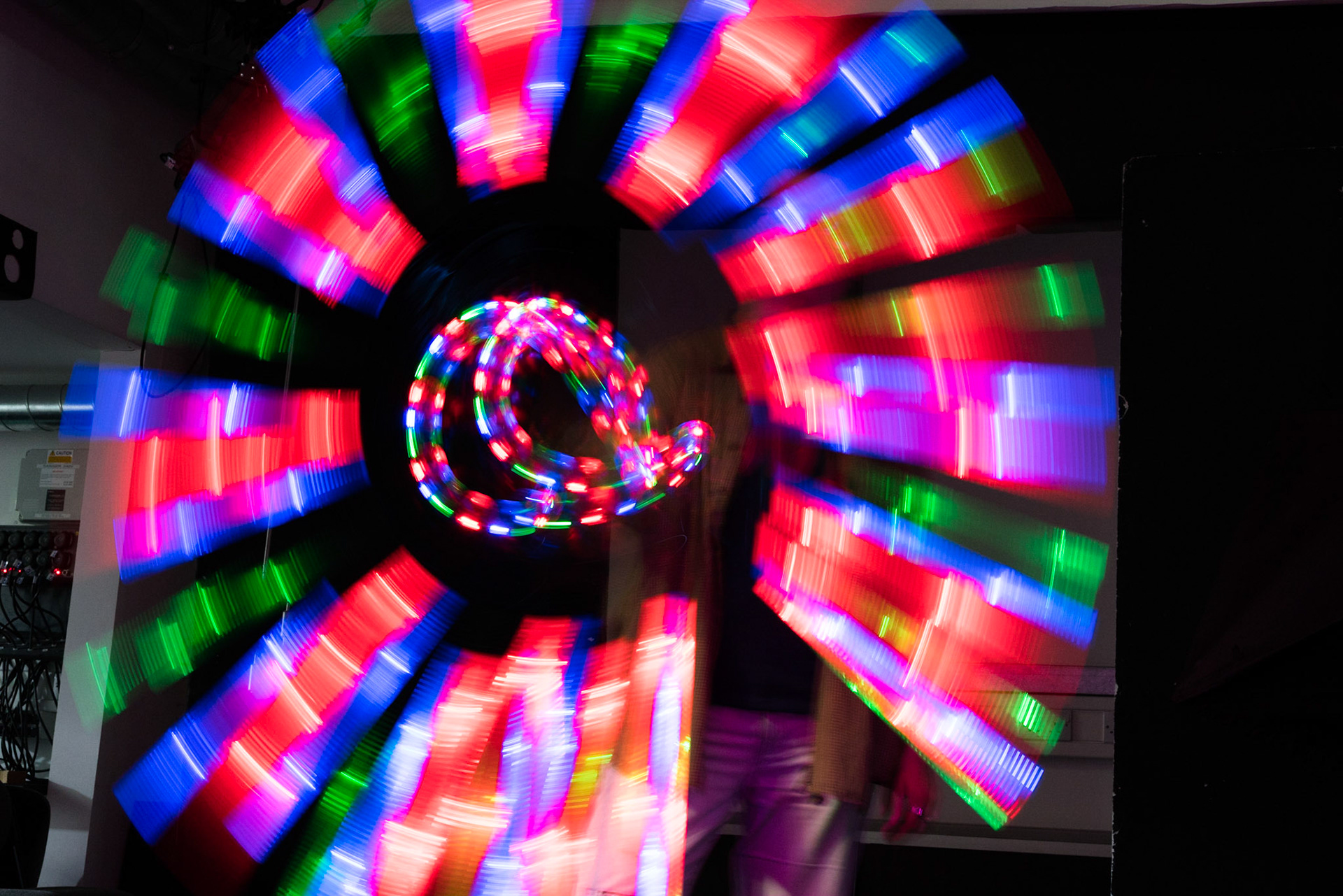
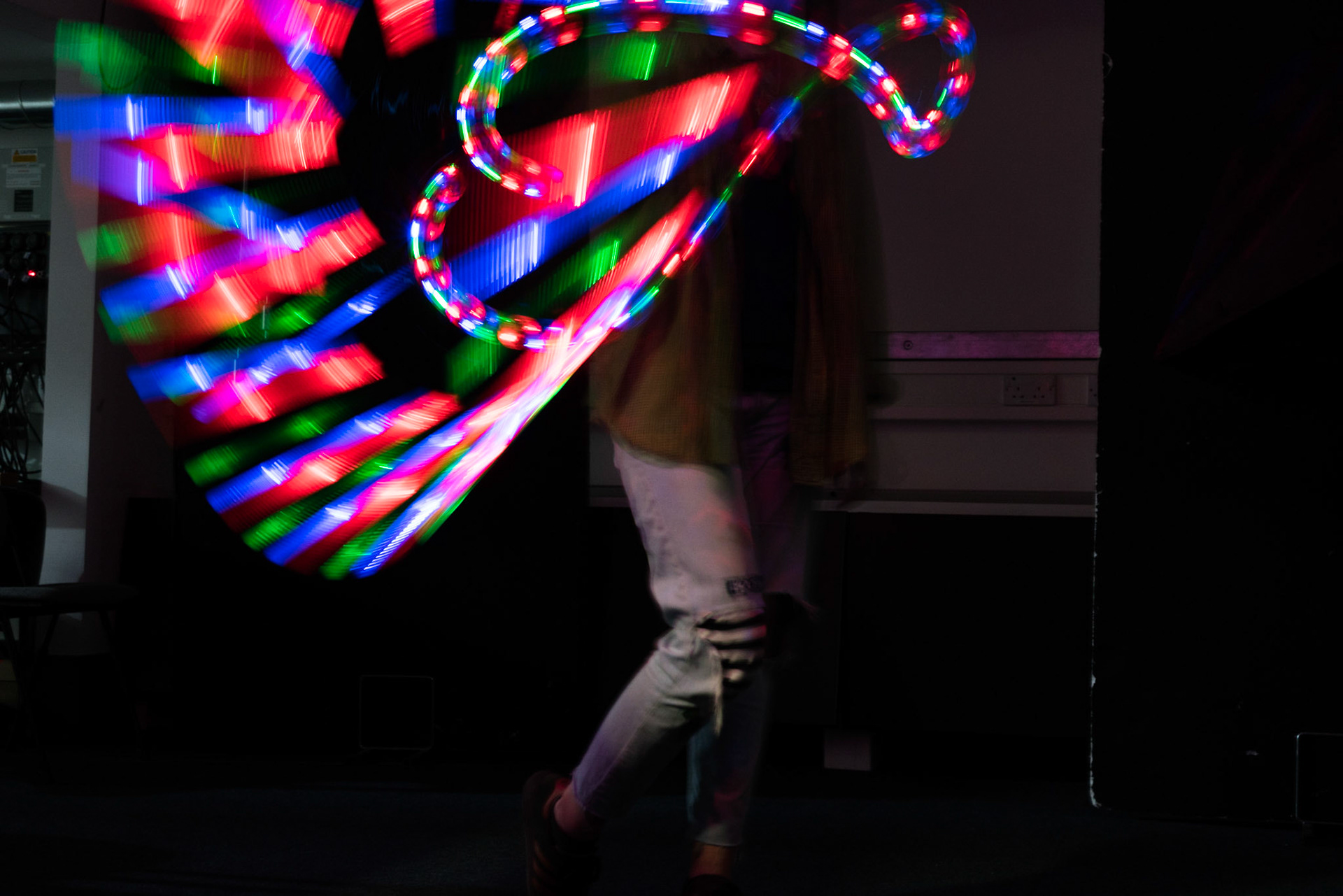
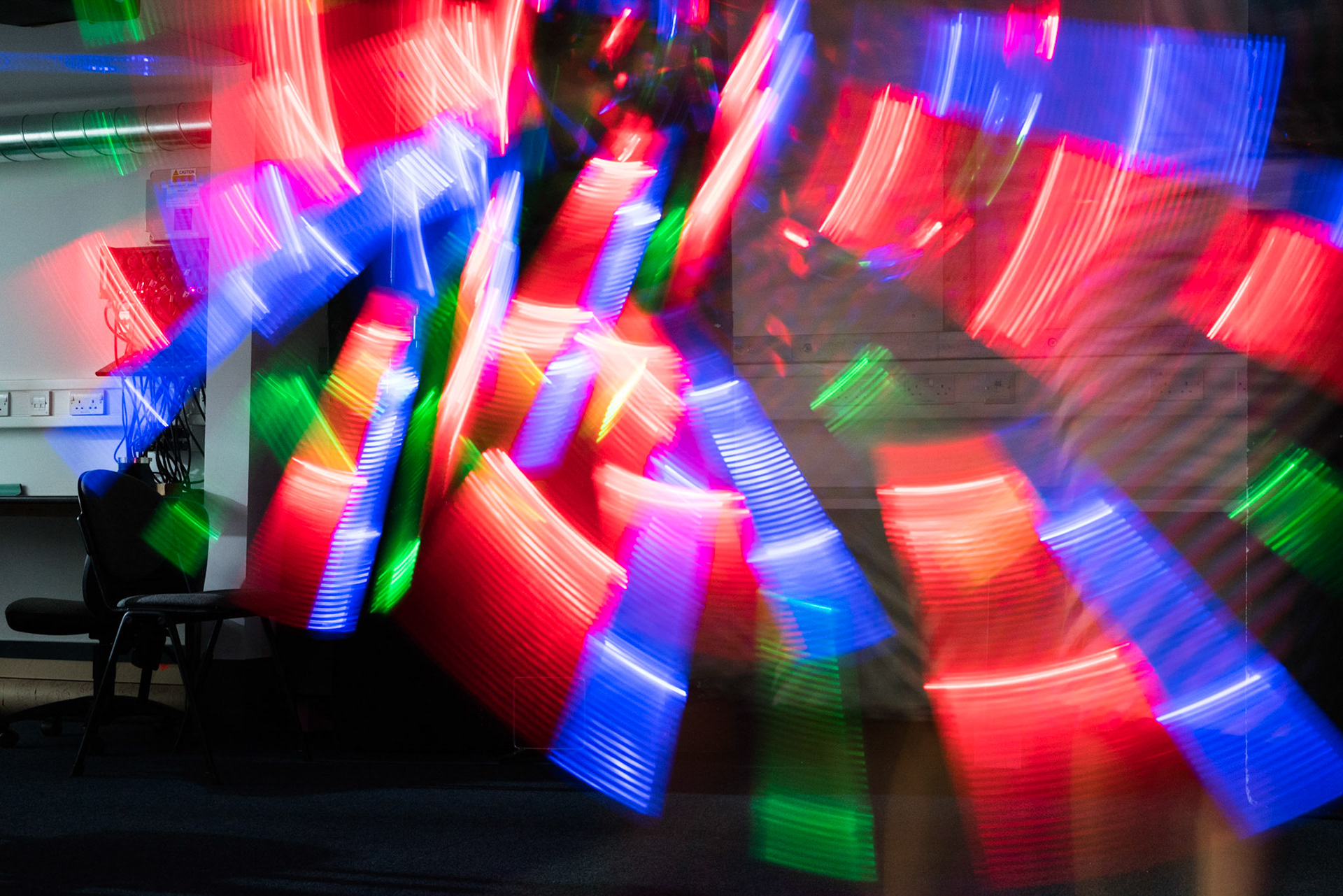
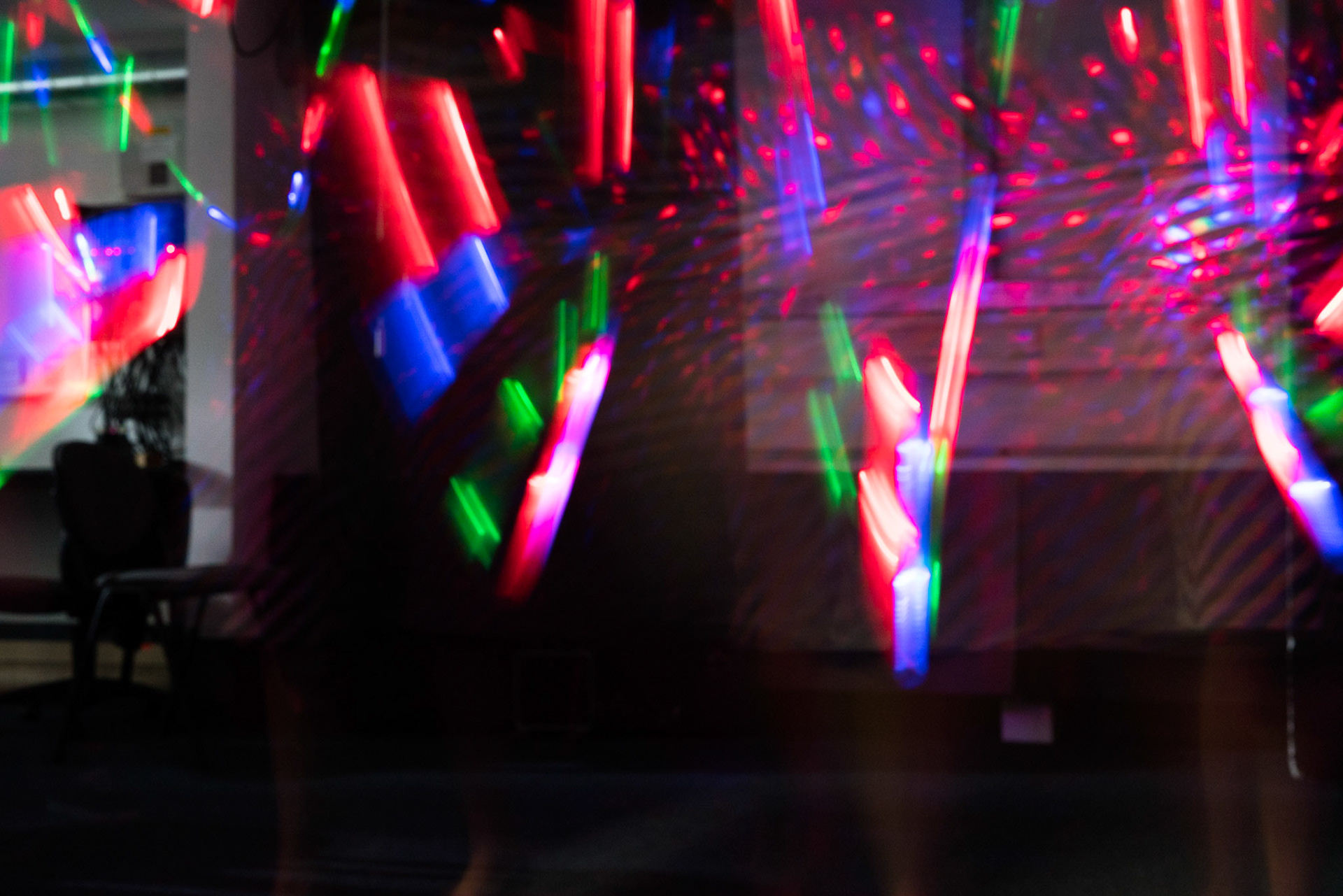
All shots taken at: ISO 3200 -- 50mm -- f/11 -- 4.0 sec
4. At least 5 shots of textures/patterns/architecture.
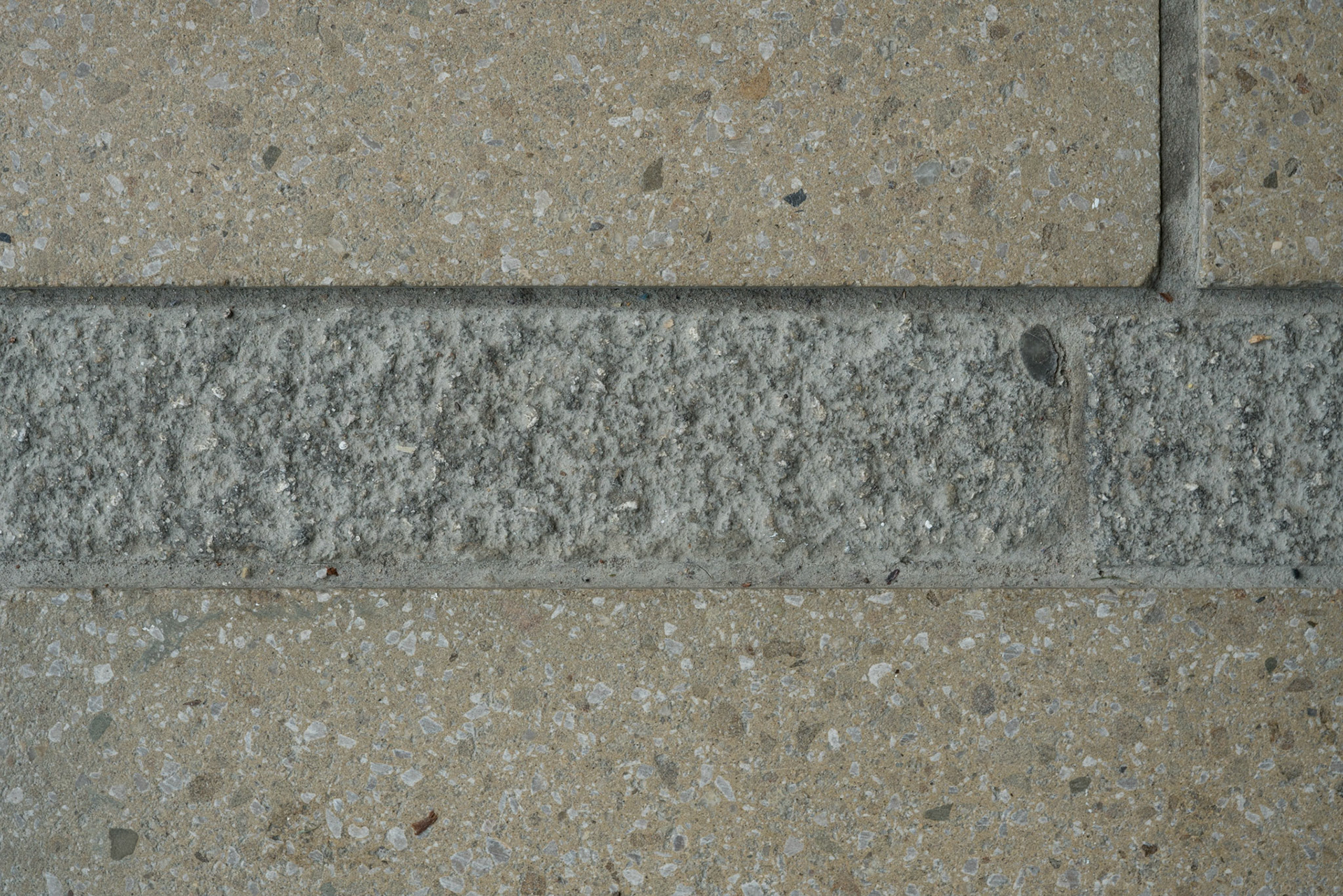
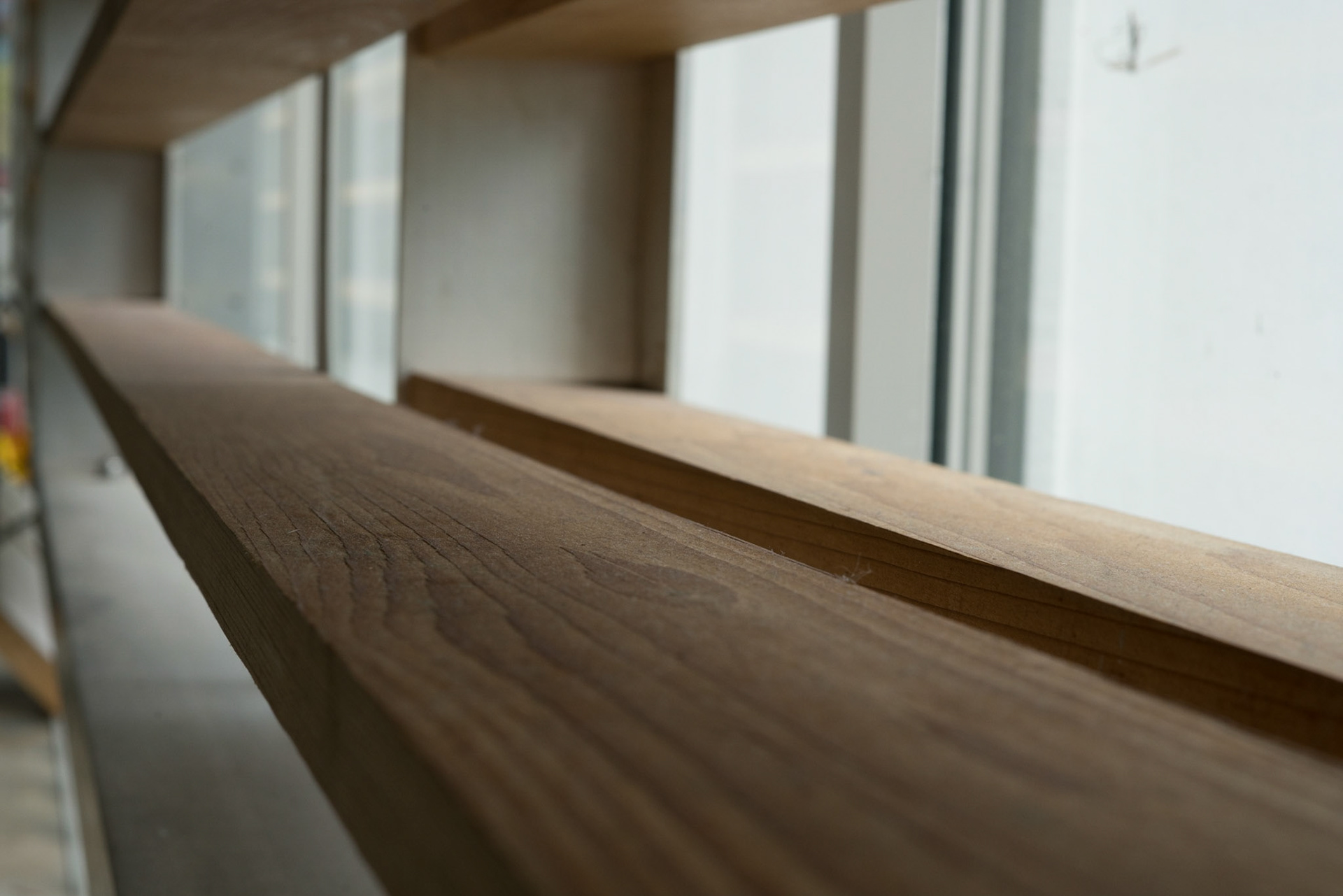
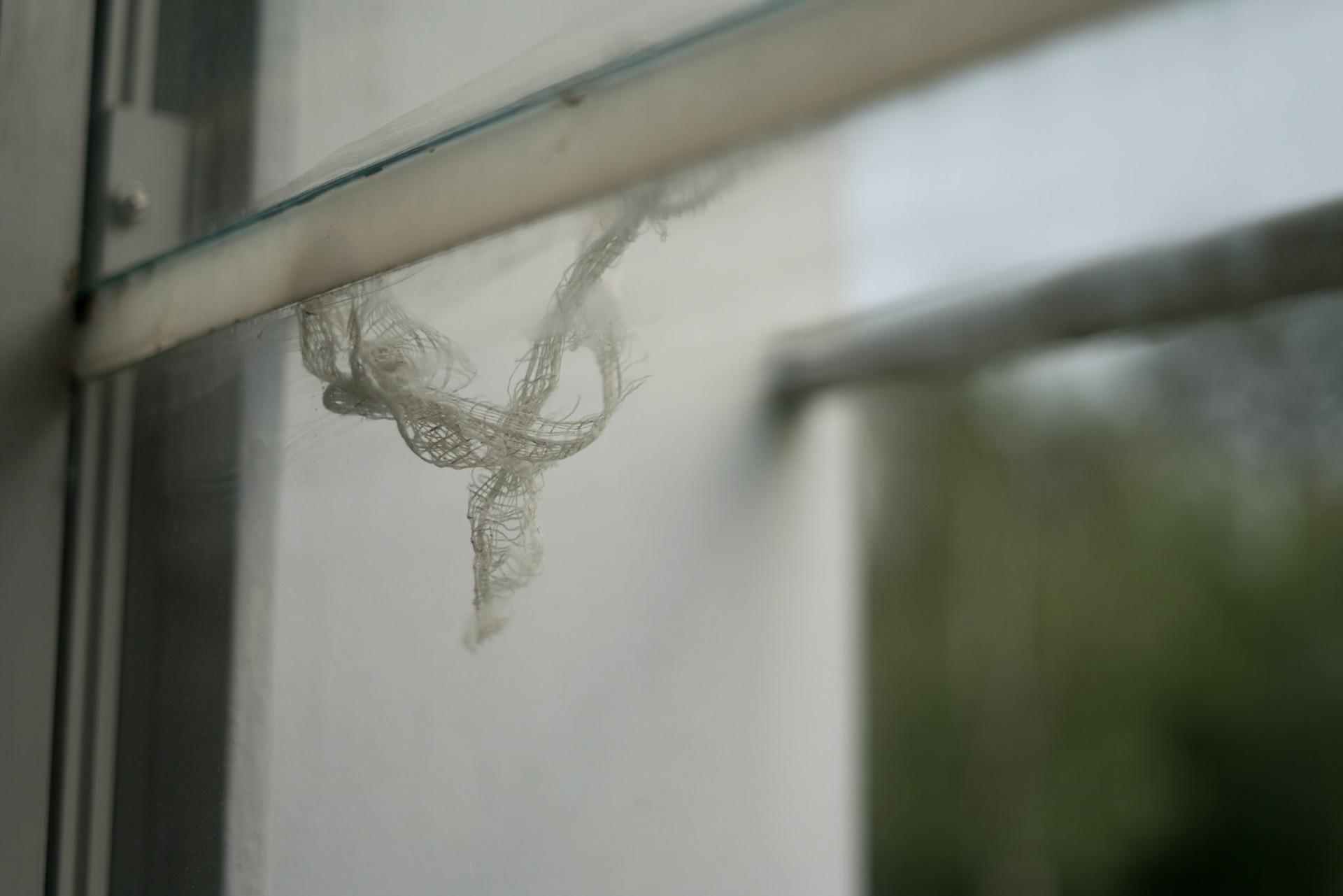
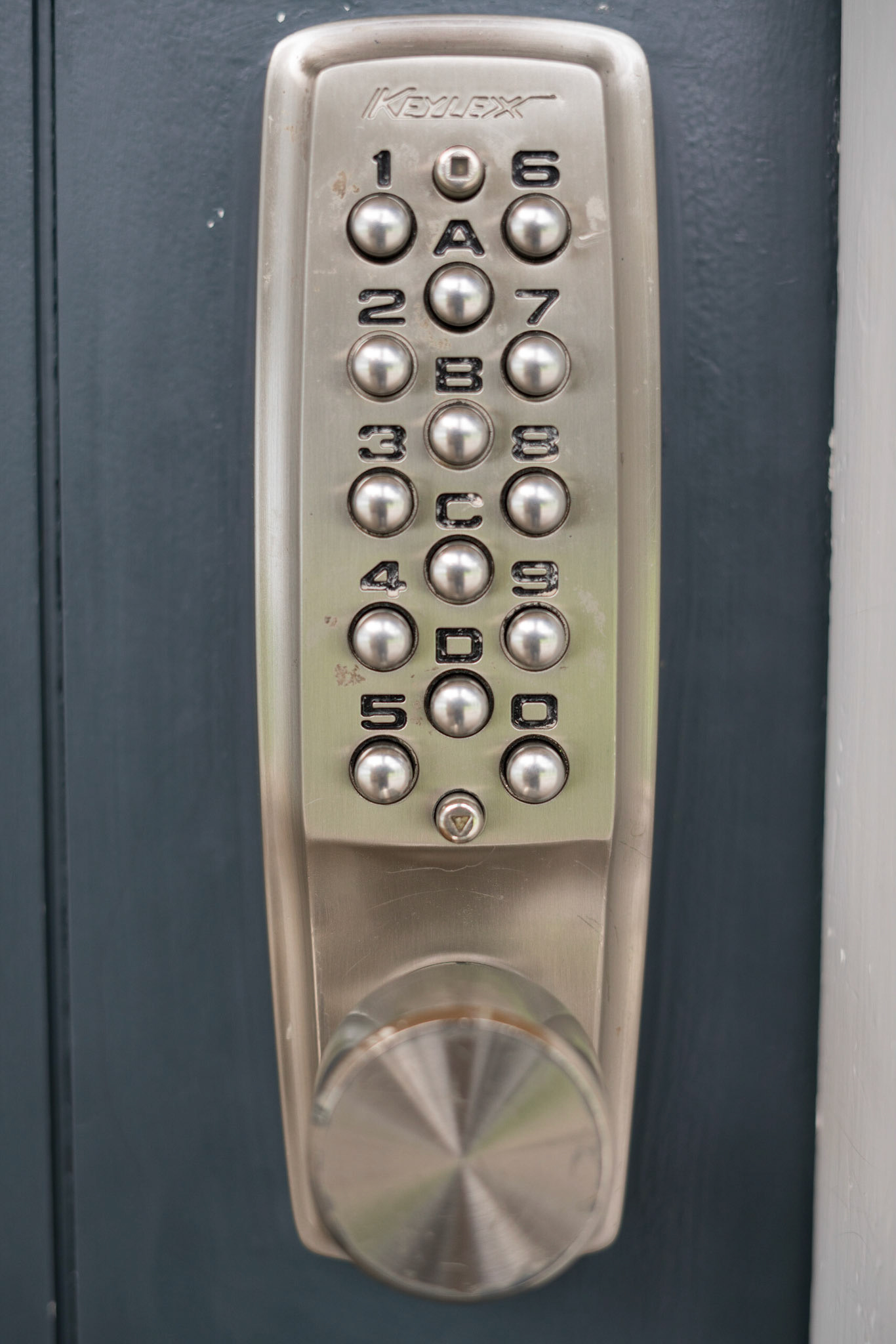

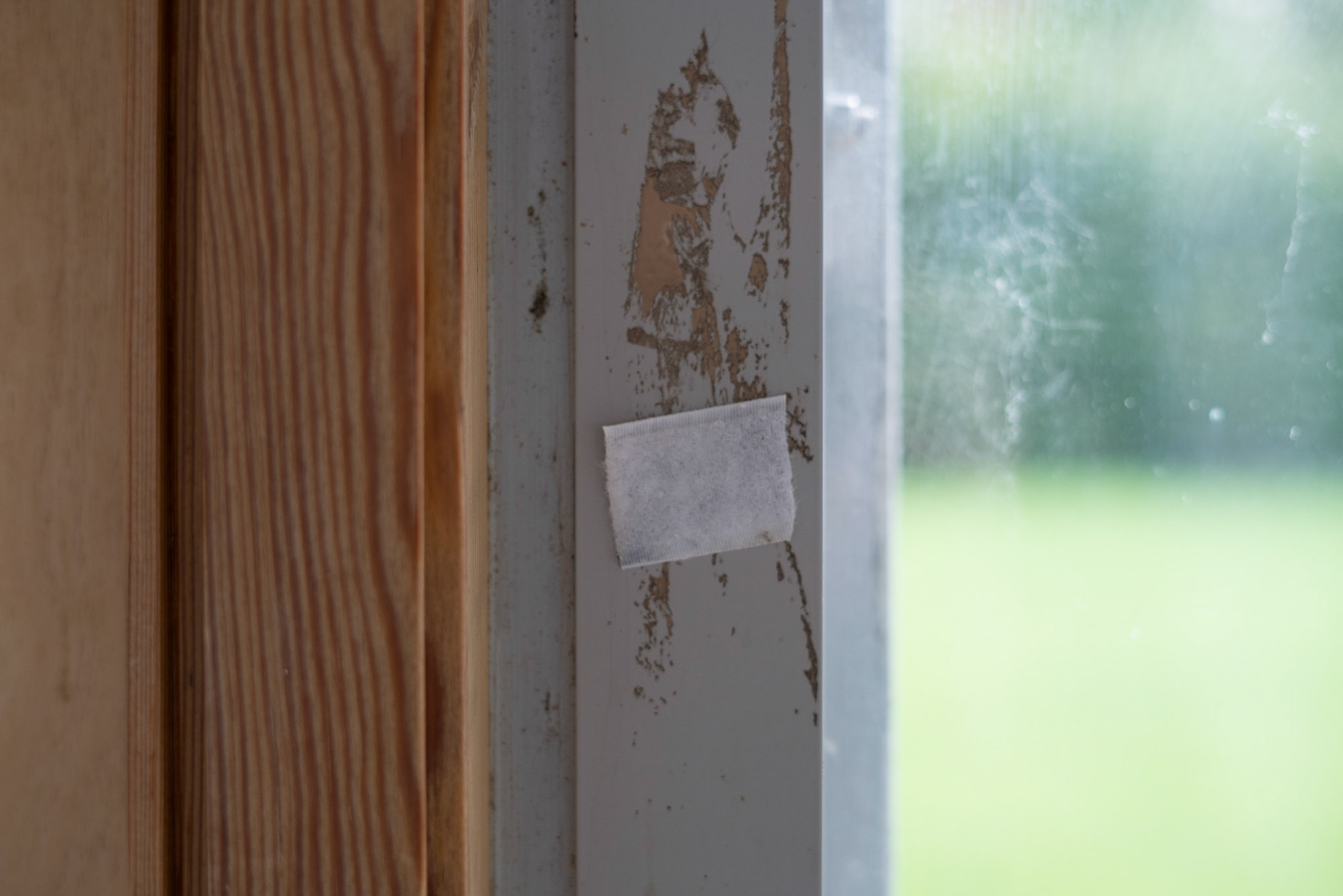
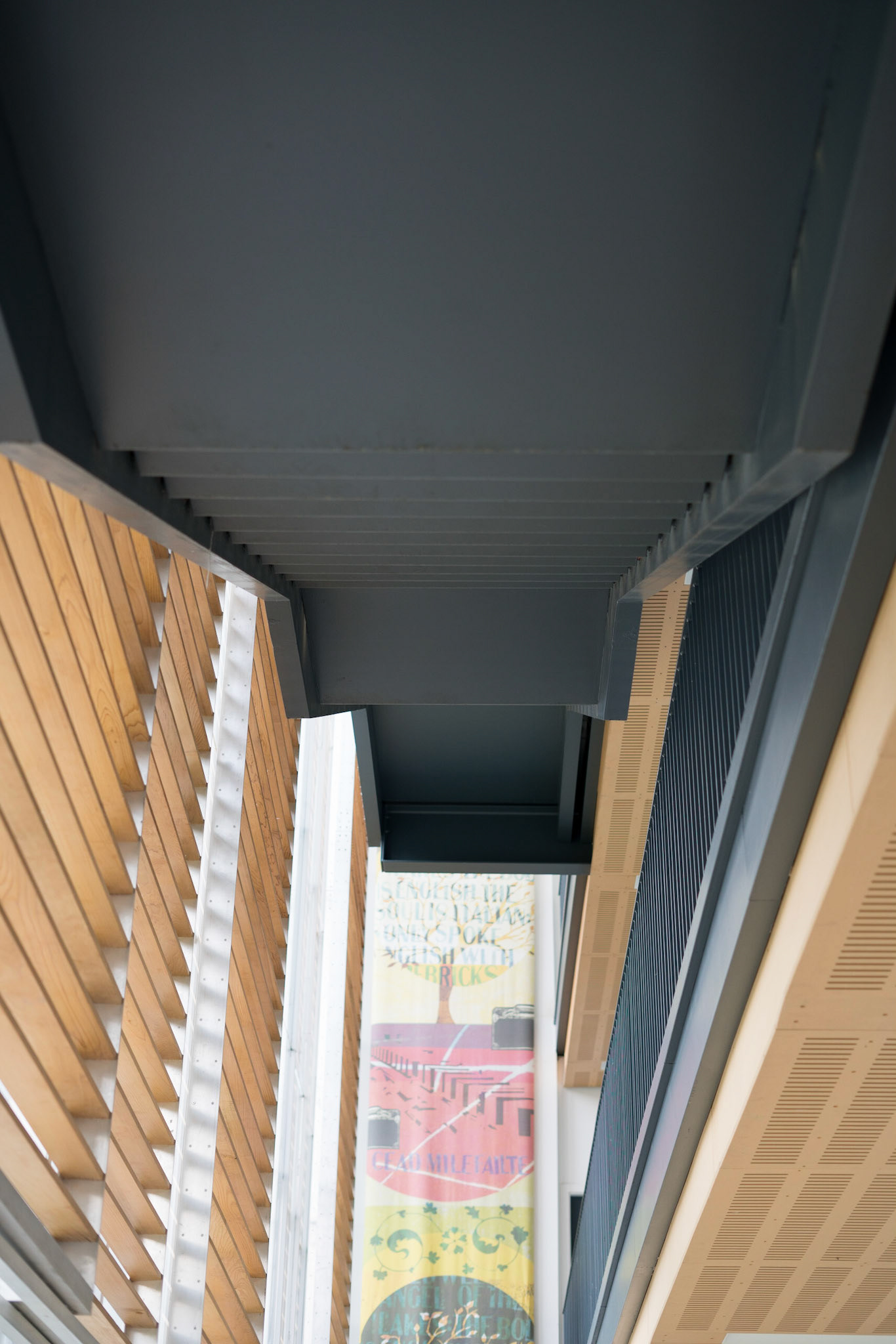
5. 2 head shots on a plain background.
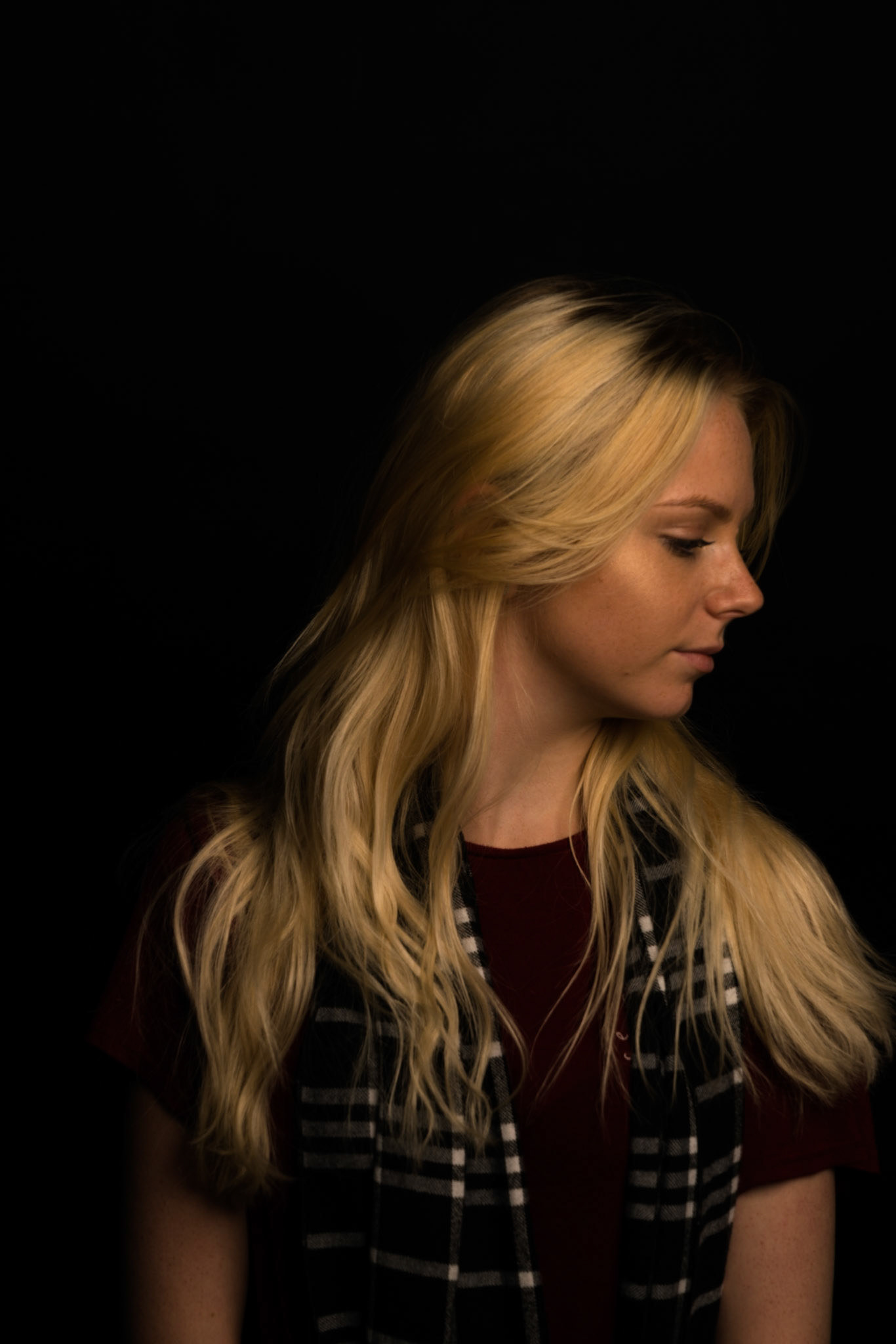


References
Sladek, M. (2014). Exposure Recipe. [image] Available at: http://msladekphoto.com/wp-content/uploads/2014/08/ExposureRecipe_ShutterSpeed_Aperture_ISO.jpg [Accessed 8 Nov. 2017].
Wan, J. (2017). The Exposure Triangle. [image] Available at: http://cargocollective.com/jeremywan/The-Exposure-Triangle [Accessed 8 Nov. 2017].
